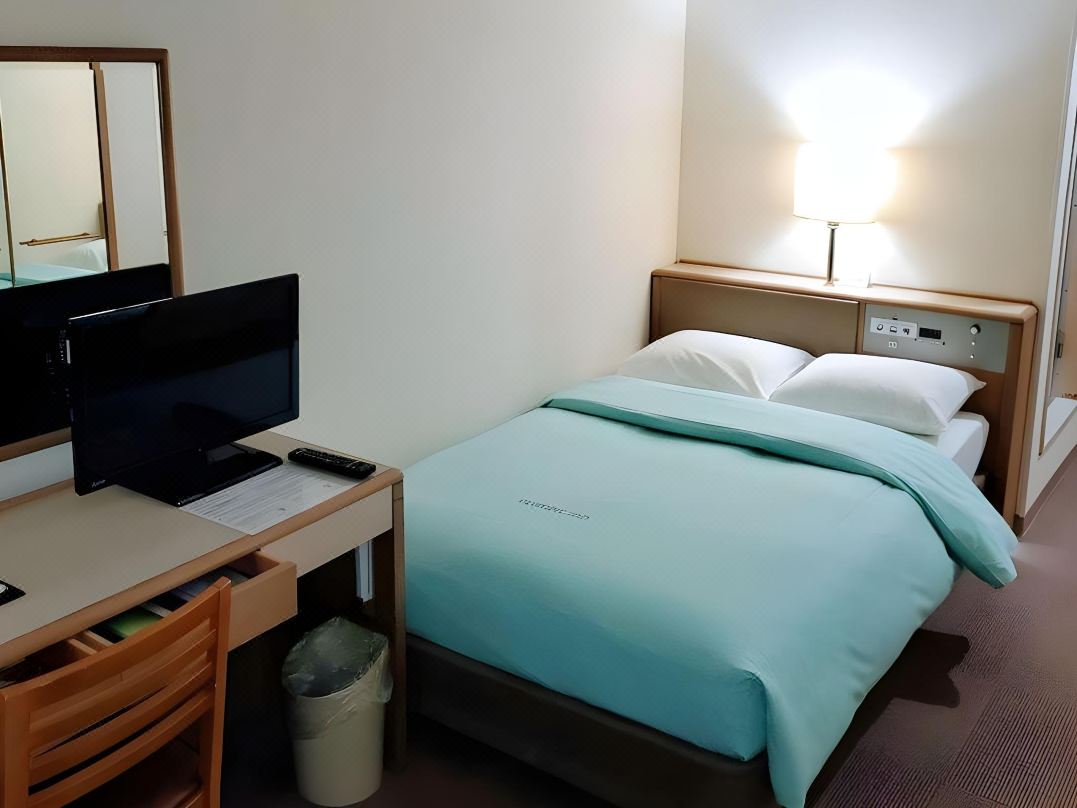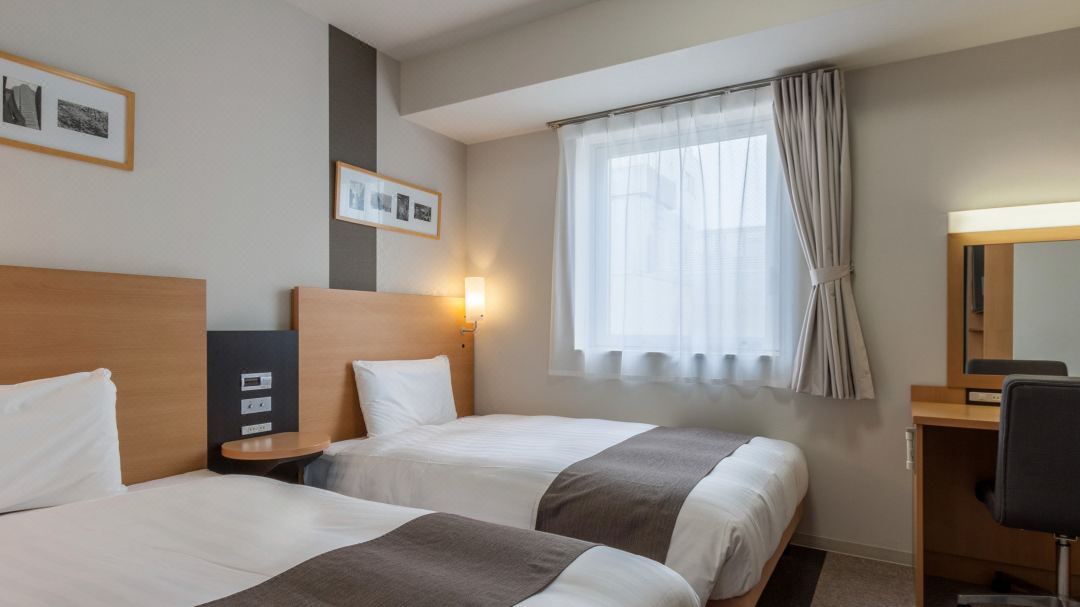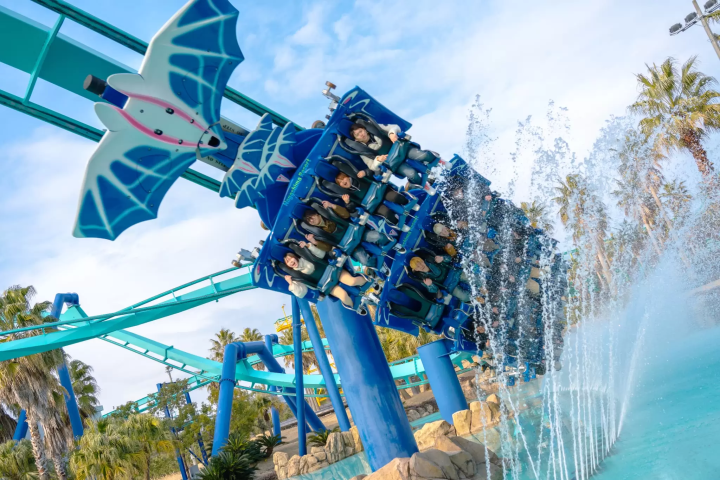Asakusa Station Guide: How to Get to Sensoji Temple From Each Station

Asakusa is a must-visit spot when visiting Tokyo. There are 4 different Asakusa Stations you can take to travel here! Here we’ll introduce in detail the features of each station and the train lines to take, along with info on how to access Sensoji Temple and its famous Kaminarimon Gate no matter which station you decide to take.
The Four Stations in Asakusa

Kaminarimon Gate, Asakusa
Asakusa is a must-visit sightseeing area in Japan. There are many people that come to the area to see the famous Sensoji Temple or shop at Nakamise-dori Shopping Street.
Asakusa Station is the closest station to many of these major destinations. However, there are actually four stations in the area that are referred to as Asakusa Station. In this article, we’ll explain in detail the differences between the Asakusa Stations and how to get to the famous Kaminarimon Gate of Sensoji Temple from each one!
We highly recommend travelers use the Tokyo Subway Ticket to save money on traveling with JR, Tokyo Metro, and Toei Subway. This discount pass not only helps with navigating to and around Asakusa, but also throughout the rest of Tokyo.
Details and Reservations: Tokyo Subway Ticket
The Four Asakusa Stations
| Station Name | Major Stations on the Same Lines |
| Ginza Line Asakusa Station | Ueno, Nihonbashi, Ginza, Omotesando, Shibuya |
| Toei Asakusa Line Asakusa Station | Narita Airport, Haneda Airport, Oshiage (Skytree), Shinagawa (Shinkansen) |
| Tobu Asakusa Station | Nikko, Kinugawa Onsen |
| Tsukuba Express Asakusa Station | Akihabara, Tsukuba |
These are all referred to as Asakusa Station. Tsukuba Express Asakusa Station is the only station located a slightly further distance away and is a ten minute walk to Kaminarimon and Sensoji Temple. The other three stations are about three to five minutes away from the temple.
Table of Contents:
1. Ginza Line Asakusa Station
2. Toei Asakusa Line Asakusa Station
3. Tobu Asakusa Station
4. Tsukuba Express Asakusa Station
Accessing Kaminarimon From These Four Stations
5. From Ginza Line Asakusa Station
6. From Toei Asakusa Line Asakusa Station
7. From Tobu Asakusa Station
8. From Tsukuba Express Asakusa Station
Ginza Line Asakusa Station

The Ginza Line's Asakusa Station is one of the easiest stations to use. Ueno Station, Ginza Station, and Shibuya Station are all located along the Ginza Line, making it convenient to access other major stations in Tokyo. The symbol for the line is a yellow circle with the letter G.
Toei Asakusa Line Asakusa Station

If you are going to Narita, Haneda Airport, or to Shinagawa where the Tokaido Shinkansen is, then the Toei Asakusa Line will be convenient for you to use. It is connected to the Ginza Line underground.
The symbol for the line is an orange circle with the letter A.

The Toei Asakusa Line is connected to other private railways (such as the Keisei Main Line, and Keikyu Main Line). Depending on the train, the station can be used to travel to both Narita or Haneda Airport without any train transfers.
If you wish to travel to Narita Airport, it will take approximately one hour to Narita Airport Station (for 1,290 yen) by the Airport Limited Express bound for Narita Airport. If heading to Haneda Airport, it will take approximately 35 minutes to reach the International Terminal Station (620 yen) by the Airport Limited Express bound for Haneda Airport International Terminal.
Toei Asakusa Station is also a three minute ride (180 yen) from Oshiage Station, which is close to Tokyo Skytree.

The Asakusa Line might end up leading you slightly further away from Sensoji Temple if you exit out of the wrong gate. If that happens, please follow the area maps like the one pictured above.
Tobu Asakusa Station

The entrance to Tobu Line Asakusa Station is on the first floor of EKIMISE.

Tobu Line Asakusa Station is located inside a shopping center (pictured above) called EKIMISE. Enter the center from the first floor front entrance and go up the escalator to find the ticket gates.
The Tobu Line is useful for traveling to Nikko. Take the Limited Express Kegon for about one hour and 20 minutes (2,500 – 2,800 yen, varies by limited express) to Nikko. To reach to Kinugawa Onsen, take the Limited Express Kinu for about 2 hours and 10 minutes (2,600-2,990 yen, will vary on the limited express). Please purchase your limited express tickets at the ticket office on the first floor.
For details on tickets, refer to Tobu’s official website.
The tourist information booth is also located on the first floor of Tobu Asakusa Station. Here you can ask about any questions you have and receive travel advice too. The Asakusa Tourist Culture Information Center is also located in front of Sensoji's Kaminarimon.
Tsukuba Express Asakusa Station

The Tsukuba Express Asakusa Station is, as mentioned above, located slightly further away from the other stations. There may be few people that use this station for sightseeing, but you can reach Akihabara from this station in four minutes (210 yen).
Accessing Kaminarimon From These Four Stations

We will now introduce how to access Kaminarimon, located at the entrance of Sensoji Temple, from each station.
From Ginza Line Asakusa Station


This is the gate you’ll see immediately after exiting Platform 2 of the Ginza Line. The nearest exit to Kaminarimon is Exit 1.

Follow the signs and go up these stairs.

To the left of the stairs are elevators as well as coin lockers. If you are carrying luggage you can leave it here.

Here’s what it looks like after coming out from Exit 1.

Family Mart, a convenience store, will be located in front of Exit 1. Continue straight down the sidewalk until you’ll see Kaminarimon to your right after walking for about 1 minute.
From Toei Asakusa Line Asakusa Station

These are the ticket gates of the Toei Asakusa Line. The nearest exit to Kaminarimon is Exit A4. There are two Toei Asakusa Line gates, so be sure to head towards Exit A4.
After going through the gates, follow the signs that say “A4.” Go down the stairs once while you are underground and then go upstairs once more. After walking up the stairs, Exit A4 will be on the other side.

Once you’ve exited Exit A4, proceed to your right.

After doing so, you will exit out onto the large street pictured in the background of the photo above. Turn left here and you will see Kaminarimon to your right.
You can also go outside by taking the elevators from the Toei Asakusa Line. If you want to use the elevators, exit out of the other Toei Asakusa Line gates (A1, A2). Exit A2-b is where the elevator is located. After exiting the elevator, cross the road diagonally to your right and head straight for about 5 minutes to arrive at Kaminarimon.
Toei Asakusa Line Elevator Location: Google Map
From Tobu Asakusa Station

The Tobu ticket gates are located on the second floor. First, exit out of the gates, then go down the stairs in front of you. There is a tourist information booth at the bottom.

Walk straight outside and cross the traffic light to your right. After you’ve crossed the street, continue left.

The first bar established in Japan, the Kamiya Bar, (written in Japanese, pictured above on the right) is at the corner. Turn right at this corner, then continue straight for 2 to 3 minutes and you’ll arrive at Kaminarimon.
From Tsukuba Express Asakusa Station

To get to Kaminarimon from the Tsukuba Express Asakusa Station, go out Exit A1 (Kokusai Dori - International Street), then head left. Continue along the large street (Kokusai Dori) for about 5 minutes.

Once you do so, you’ll come upon an intersection of a large street (Kaminarimon Street). Turn left here. You will see signs like the one pictured above.

There will be a covered sidewalk once you’ve turned. Please continue straight down this sidewalk. You will see Kaminarimon on the left side of the road after walking for about 5 minutes.
Hotels near Kaminarimon
FAQ
Are there two Asakusa stations?
Yes, there are two Asakusa stations in Tokyo, Japan. The first one is Asakusa Station (浅草駅) on the Tokyo Metro Ginza Line, which serves the Asakusa area known for its iconic Senso-ji Temple and Nakamise Shopping Street. The second station is Asakusa Station (浅草駅) on the Tobu Skytree Line, providing access to Asakusa as well as connections to the Tokyo Skytree, one of Tokyo's most famous landmarks. These two stations are distinct but have similar names, so it's crucial to ensure you're heading to the correct one based on your intended destination within the Asakusa area.
What station is Asakusa Temple?
Asakusa Temple, also known as Senso-ji Temple, is located near Asakusa Station on the Tokyo Metro Ginza Line. The temple is a short walk from this station through the bustling Nakamise Shopping Street, a popular approach to Senso-ji Temple filled with various souvenir shops, food stalls, and traditional items. Visitors can easily access Senso-ji Temple by taking the Tokyo Metro Ginza Line to Asakusa Station and following the signs to the temple grounds from there.
Is Asakusa on JR line?
Asakusa is not directly served by the Japan Rail (JR) line. Instead, Asakusa Station is primarily accessible via the Tokyo Metro Ginza Line and the Tobu Skytree Line. These subway and private railway lines provide convenient access to the popular Asakusa area, including the iconic Senso-ji Temple and the surrounding attractions. Travelers can reach Asakusa using these subway and private railway lines, as well as by walking or taking other modes of transportation within Tokyo.
What exit is Sensoji Temple from Asakusa Station?
Senso-ji Temple in Asakusa is closest to the Asakusa Station on the Tokyo Metro Ginza Line. When you arrive at Asakusa Station, particularly using the Metro line, the closest exit to Senso-ji Temple is usually Exit 1. Exit 1 is well-marked to guide visitors toward the temple and Nakamise Shopping Street, the historic shopping avenue that leads up to Senso-ji. From Exit 1, it's a short walk through Nakamise Street to reach the magnificent Senso-ji Temple, one of Tokyo's most famous and revered temples.
Why is Asakusa so famous?
Asakusa in Tokyo, Japan, is celebrated for its iconic status as a cultural and historical gem that encapsulates the essence of traditional Japan. At the heart of its fame lies Senso-ji Temple, the oldest Buddhist temple in Tokyo, renowned for its spiritual significance and stunning architecture. Nakamise Shopping Street, a vibrant avenue leading to Senso-ji, offers a delightful array of traditional crafts and street food, immersing visitors in a bygone era. The district's proximity to the majestic Tokyo Skytree adds another layer of allure, attracting admirers seeking panoramic city views. Asakusa's cultural tapestry is woven with traditional festivals like Sanja Matsuri, preserving and showcasing Japan's rich heritage. Its preserved historic atmosphere, including traditional inns and local landmarks, provides a nostalgic glimpse into Tokyo's past. With its offerings of traditional arts, local cuisine, and a captivating blend of old-world charm and modern vitality, Asakusa stands as a must-visit destination that harmoniously balances tradition and contemporary allure in the vibrant tapestry of Tokyo.
Master Asakusa Station!
Asakusa Station can be complicated due to its four stations. However, these stations are very convenient for getting to different places once you get used to them.
Tokyo is filled with several other slightly confusing stations like Asakusa. You can ensure your travels go smoothly by gathering information on both your departure and arrival stations beforehand!
Read also
Original Author: ochiai keiichi
This article is a rewritten version of an article originally published on July 19, 2015.
Top Photo by Pixta
This is the official account of MATCHA's editorial department. Our articles feature useful travel information for visitors to Japan, from how-to guides to recommended places to visit.

















































![[Coupon Available] Attention Overseas Winter Sports Fans! Nagano's Sports Depot Has Evolved](https://resources.matcha-jp.com/resize/720x2000/2026/01/05-254819.webp)
![[2 hours from Tokyo ] 10 Quiet and Breathtaking Views of Mount Fuji in Yamanashi Hokuto City , Yamanashi - Part 2](https://resources.matcha-jp.com/resize/720x2000/2025/12/16-253037.webp)